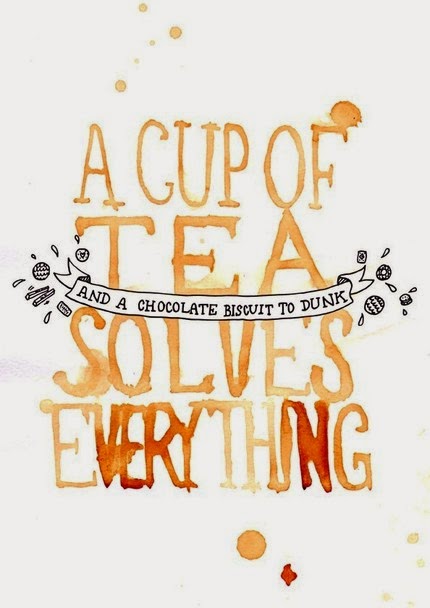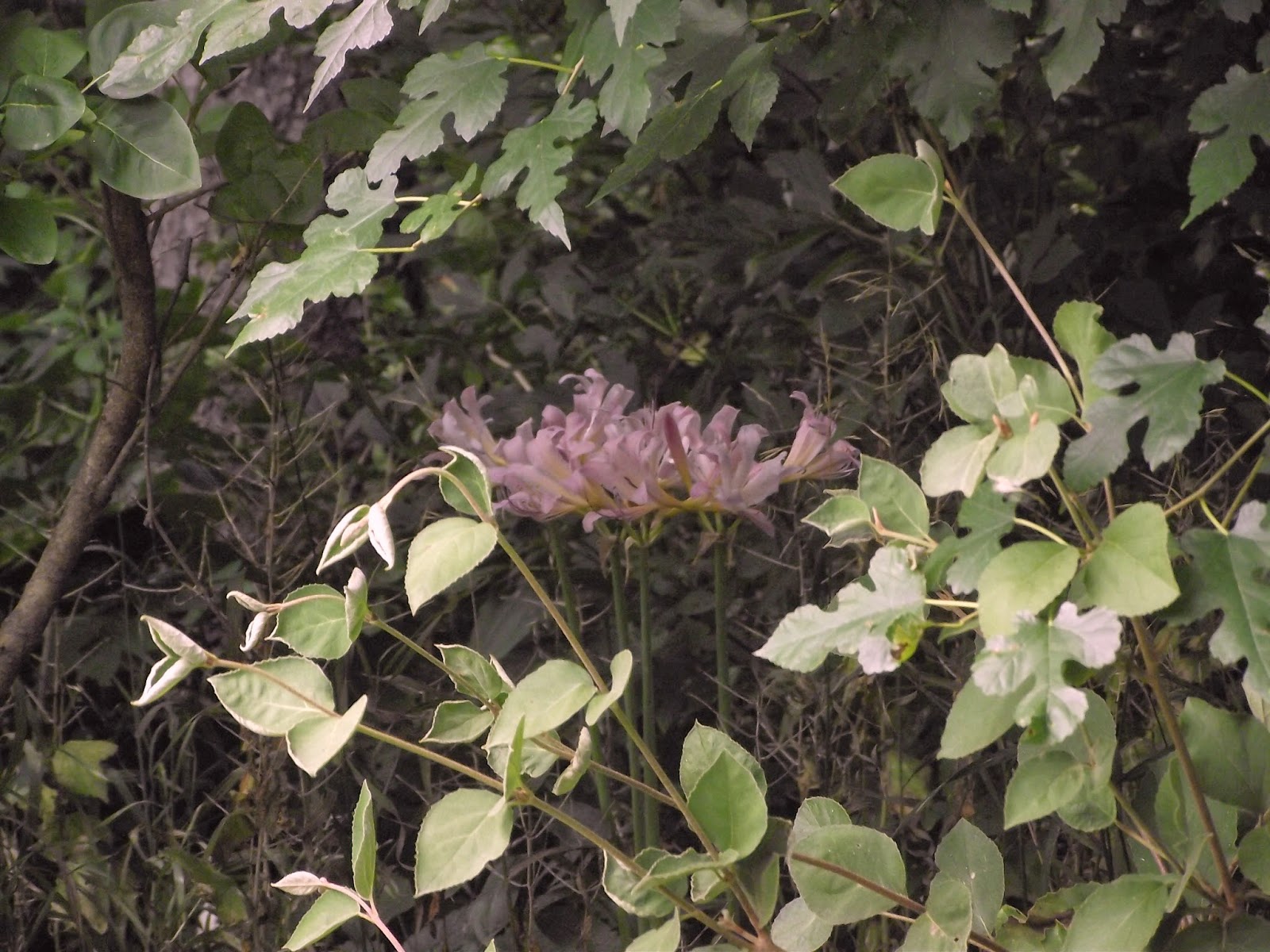Wildflowers in the woods in late summer. Yesterday, I was searching for wildflowers. My little woods is not as tidy as it once was......but should a woods be tidy? Here is an article that I read just this morning...hope you enjoy it.
A landowner once phoned to ask me to visit his property to see all the good work he’d done extending his landscaping efforts from his yard into the surrounding woods. He was pleased with his work and eager for the county forester to see how well he had “cleaned up the woods” and “improved the health” of those woods by removing and chipping or burning all that “ugly dead and rotting stuff.” He thought maybe we could use it as a demonstration site for his neighbors. So I went.

And sure enough that landowner had, indeed, made some dramatic changes to a few acres of woods bordering his well-manicured yard. But I was considerably less enthusiastic than he was, and I was at a loss for a gentle way to explain to him that his “tidying” had done nothing to improve the health of his woods – that, in fact, he may have done some real damage to its health. As he showed me around from stump to branch scar, noting with pride how easy it was to walk and see through these woods now, I didn’t know how to say, “Well sure, but now there’s so much less to see.” All I could muster was a head nod here and an “I see” there. Then he gave me my big opening.

He told me that before doing all this work he used to see woodpeckers and warblers in the woods, but not anymore. This man truly valued the woods, and he enjoyed working in them – with the best of intentions – but somehow had failed to recognize the full value of all that so-called mess. He had missed the connection between dead trees and woodpecker food, between a dense shrub layer and nest sites for black-throated blues. The conversation that followed wasn’t necessarily easy, but now it at least had a new context; he could see his woods in a new light. And by the end of our walk, he had a different work plan for the bit of woods he’d yet to work on the other side of his house.

If your only interest is in the neat and tidy, and you just can’t abide a natural mess, there’s really no argument. You certainly are free to “clean up” those woods. But if you’re interested in the health of the land, too, and if your aesthetic sensibility has room for a bit of death, decay, and disarray, then you’ll be glad to know there is a way to have it both ways.

It’s a matter of blending forestry with traditional landscaping. This sort of management hybrid is sometimes called woodscaping. It incorporates an understanding of forest ecology – a sense of how the forest functions fully – into landscaping activities. It stresses values like species diversity, the importance of retaining some dead and dying trees, and the need to keep vegetation in several vertical layers instead of just one canopy level. It is particularly effective when applied in those transition zones between a traditionally landscaped yard and the woods beyond. Yes, of course it’s nice to see into the woods from the yard, and there’s nothing wrong with cutting some understory vegetation or pruning some dead branches or even removing a particularly messy tangle of downed woody debris – all of which may be obstructing your view or your walk from your yard into your woods. You just try to leave some of these things, recognizing that they are all part of a healthy forest.

This hybrid approach can involve all kinds of management activities; the possibilities are nearly endless. It includes thinning to remove diseased or unsightly trees and enhance the growth of remaining specimen trees. Or perhaps pruning some branches to improve sight lines and tree stem quality. Removed vegetation might then be lopped and scattered neatly on the forest floor. This is important for moisture retention, nutrient cycling, and habitat enhancement for many insects, amphibians, and mammals and is far healthier than burning and chipping. Woodscaping might also include planting trees and shrubs to add diversity or visual appeal. It might mean not weed whacking a patch of ferns or not brush hogging an area of whips and brambles.
This modified landscaping approach can involve any or all such activities, but it does so with an attitude. It is an attitude of understanding – or at least a desire to understand – that your woods, even at the yard’s edge, are more than something you look at. They are living communities of creatures each playing important – if sometimes unknown – roles with far-reaching implications for land health in your yard and beyond. These places don’t have to be neat and tidy to be healthy.
Michael Snyder is the Chittenden (Vermont) County Forester.

.jpeg)































.jpeg)
.jpeg)
.jpeg)












